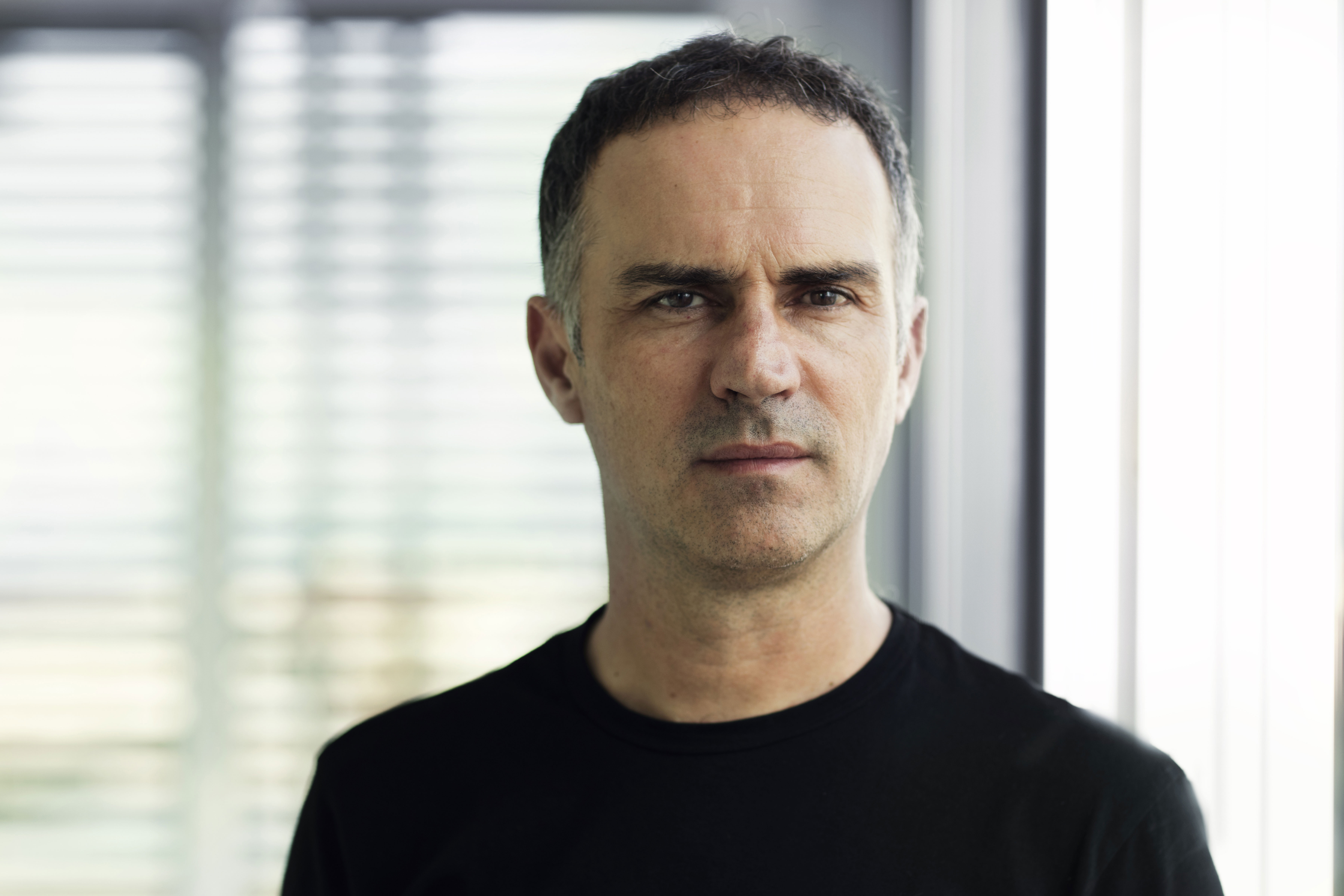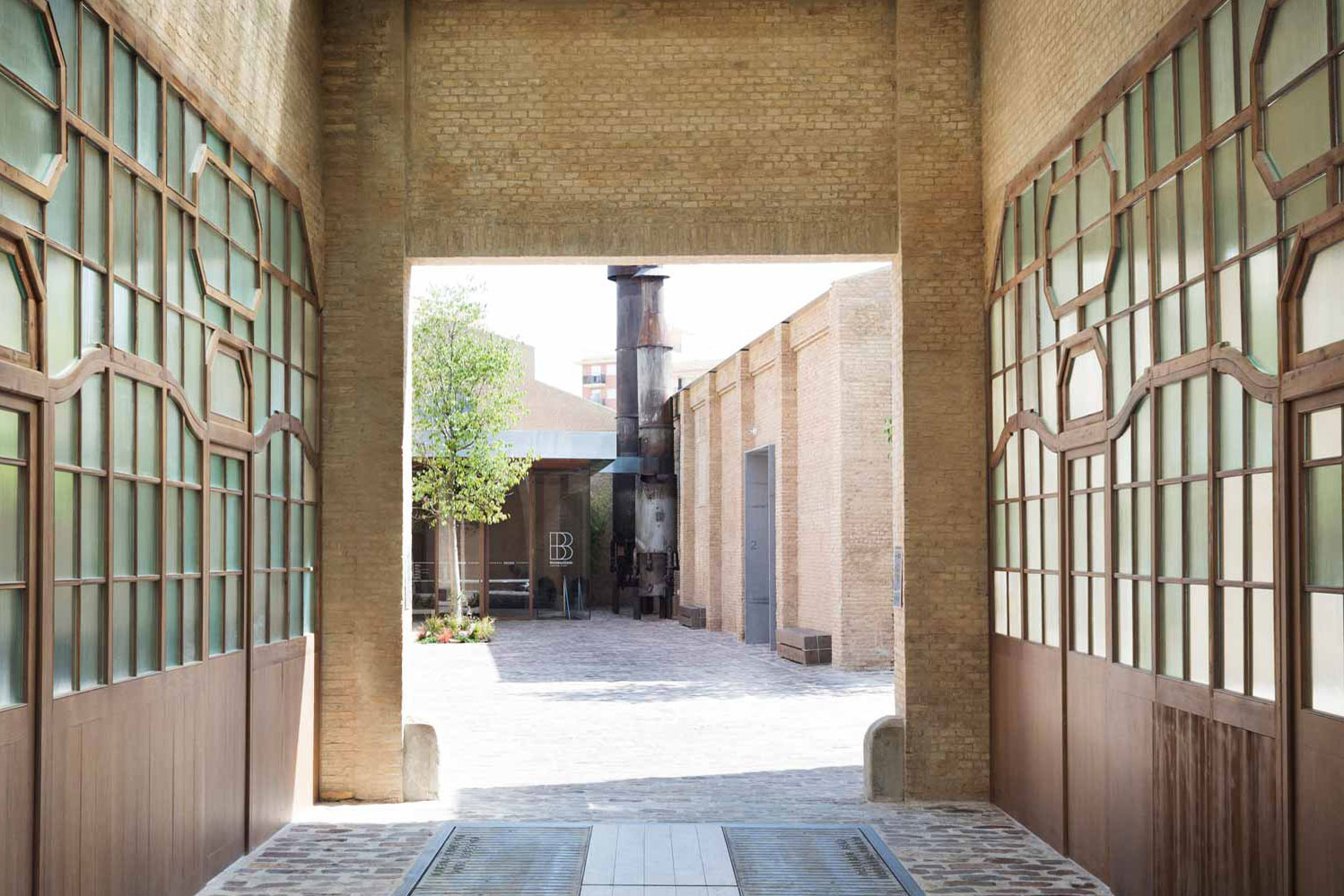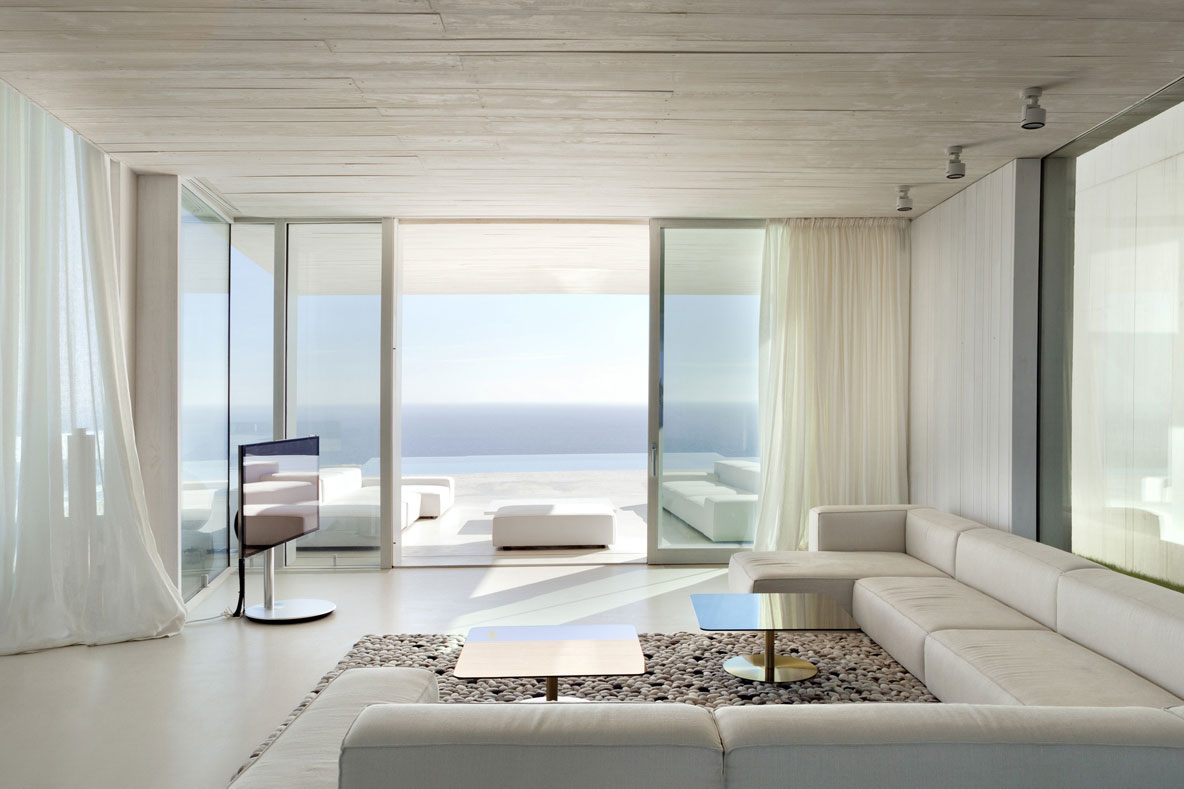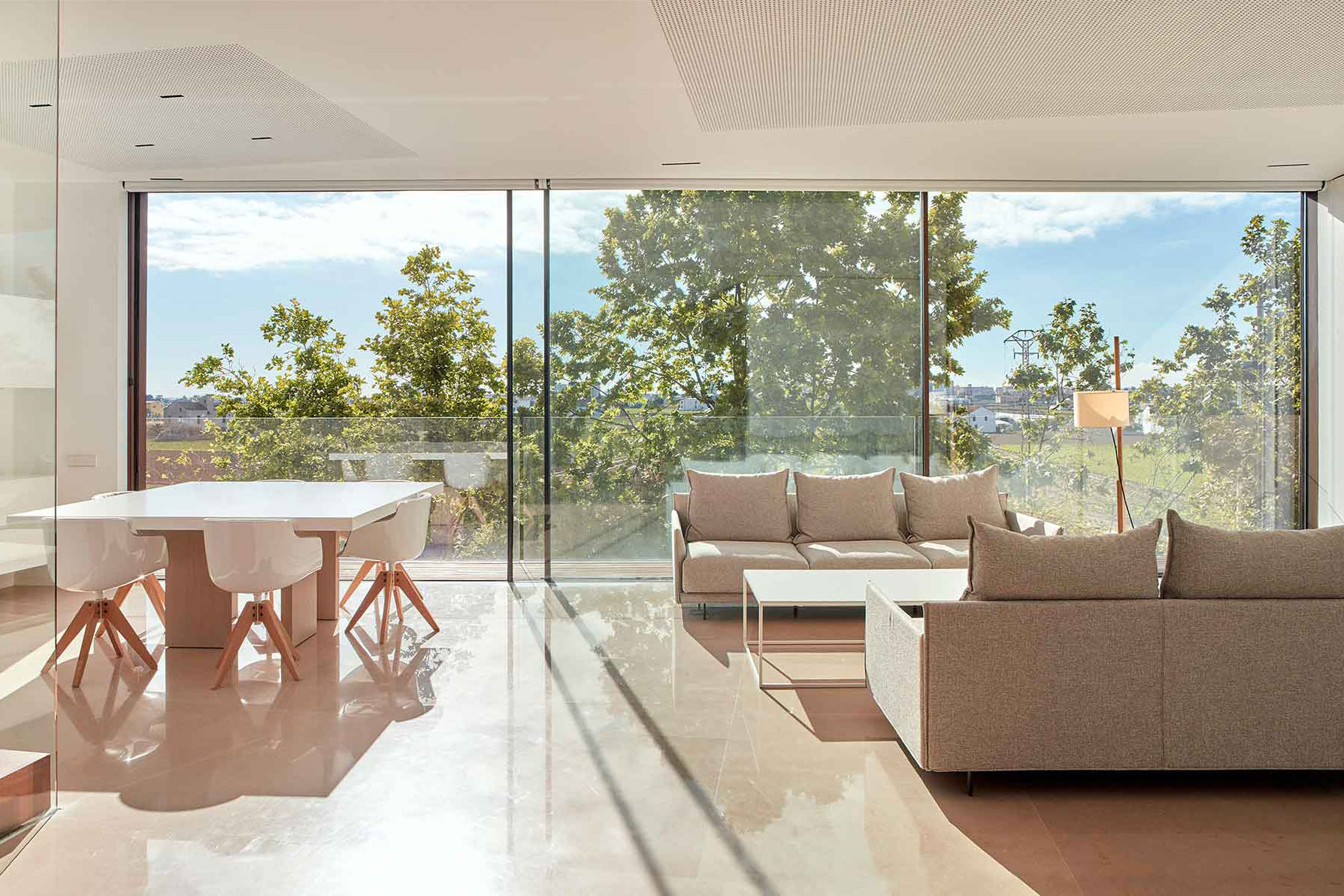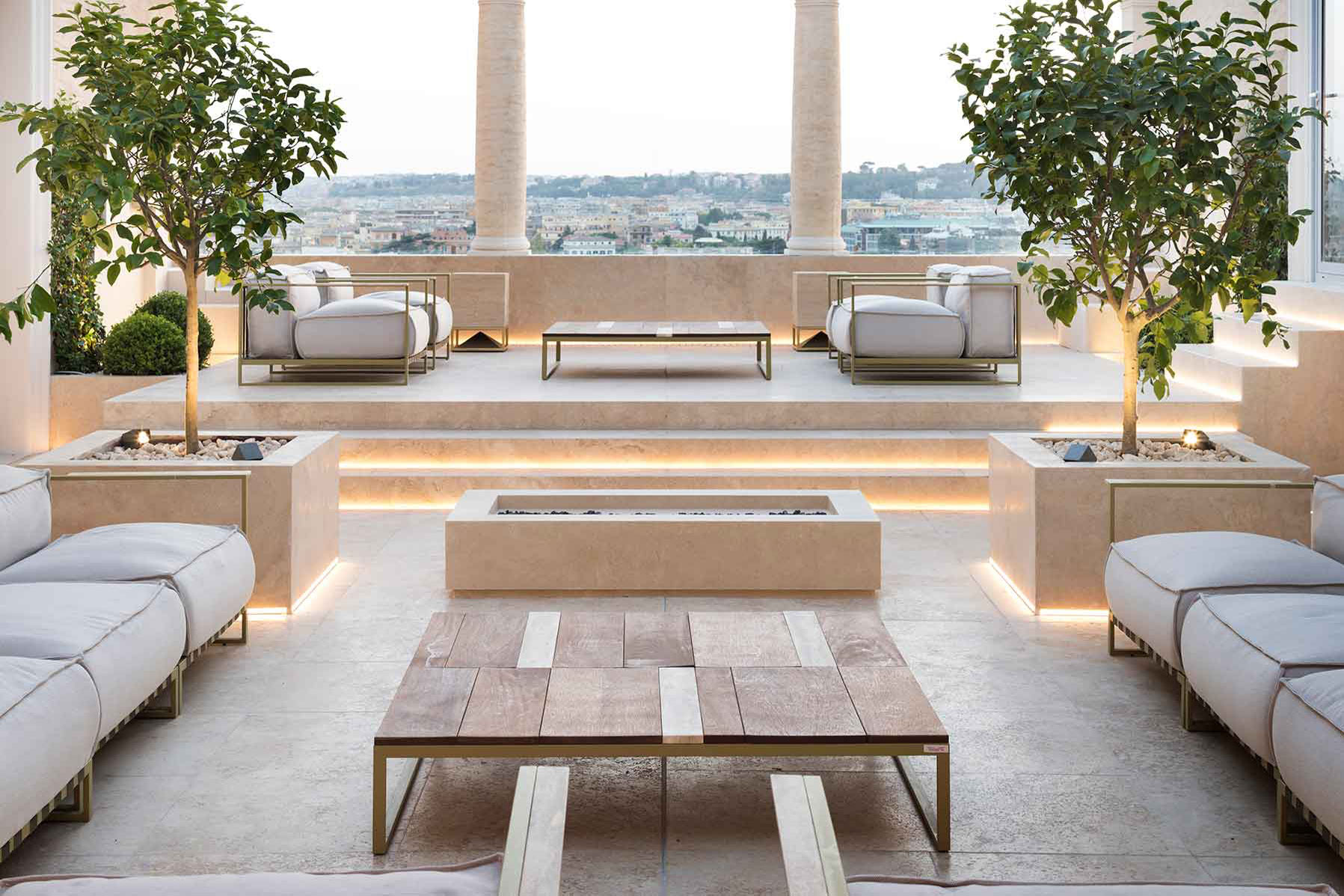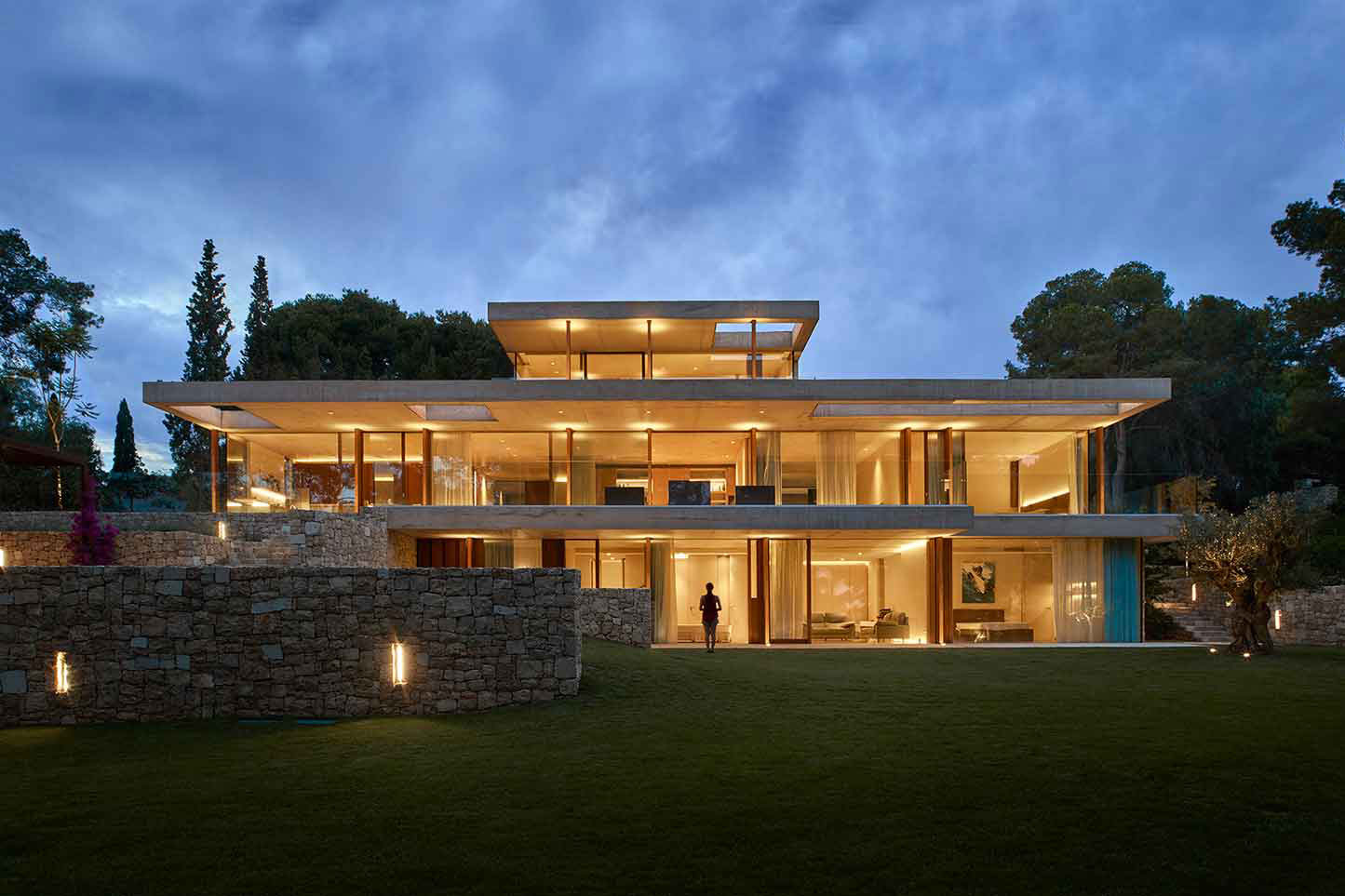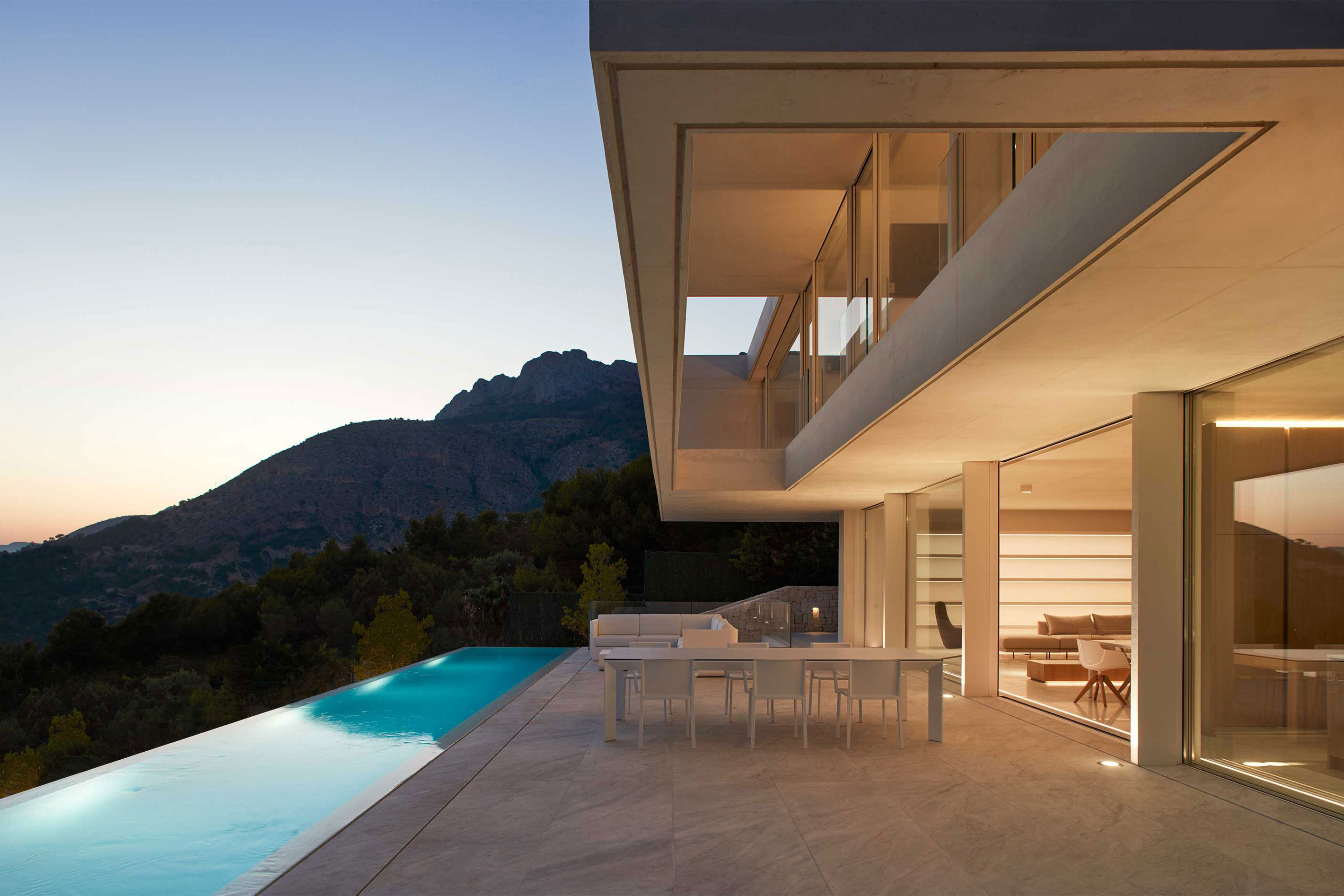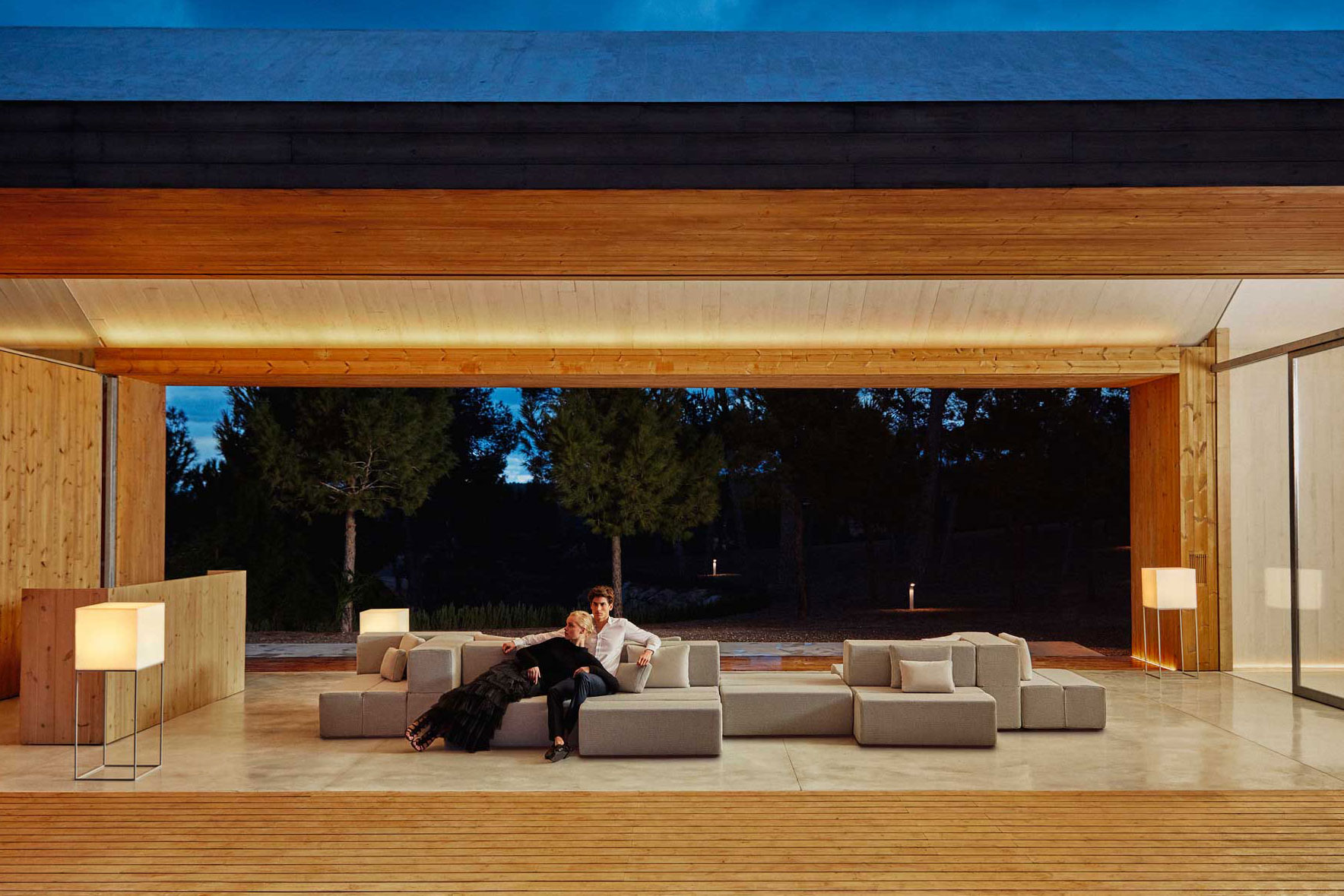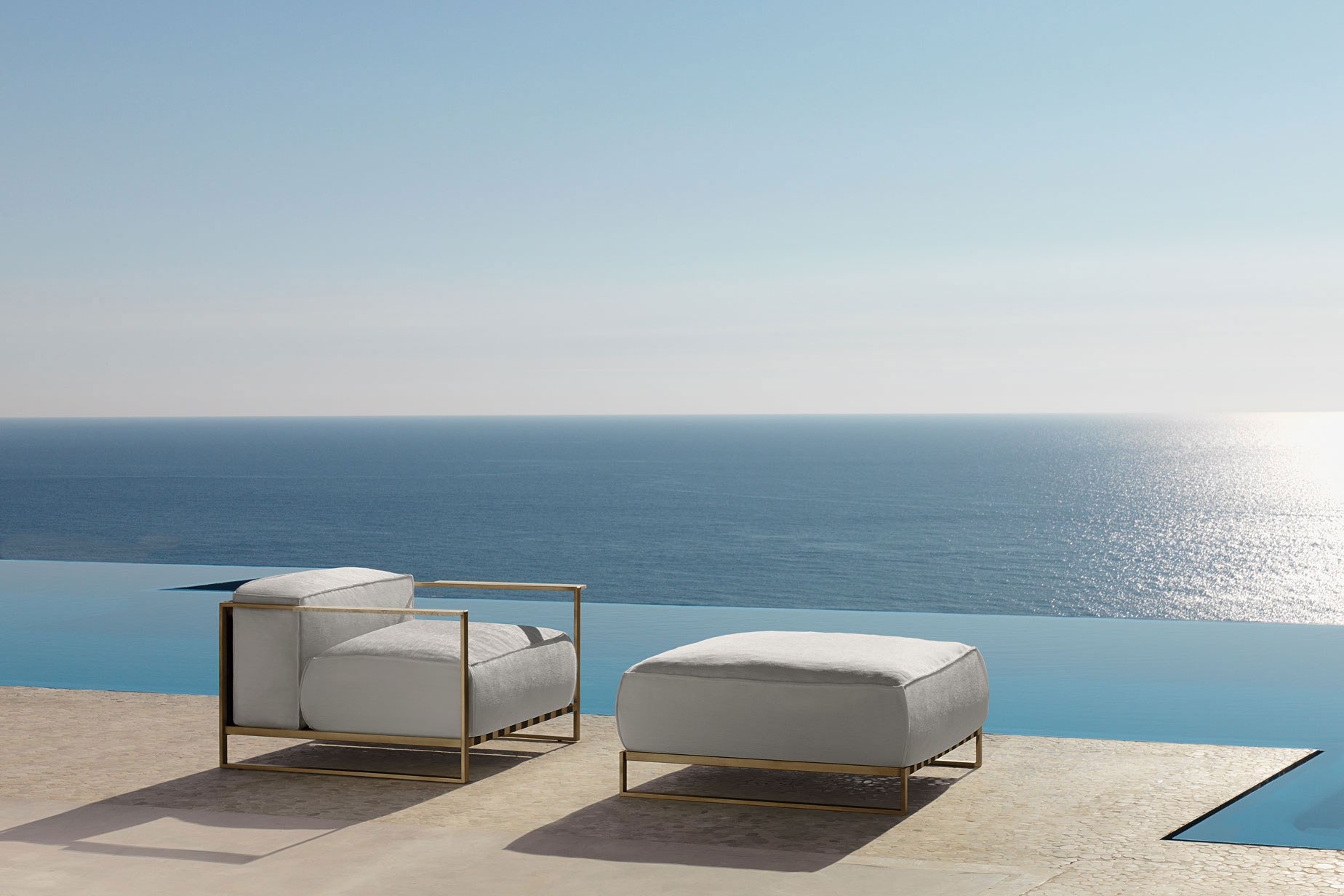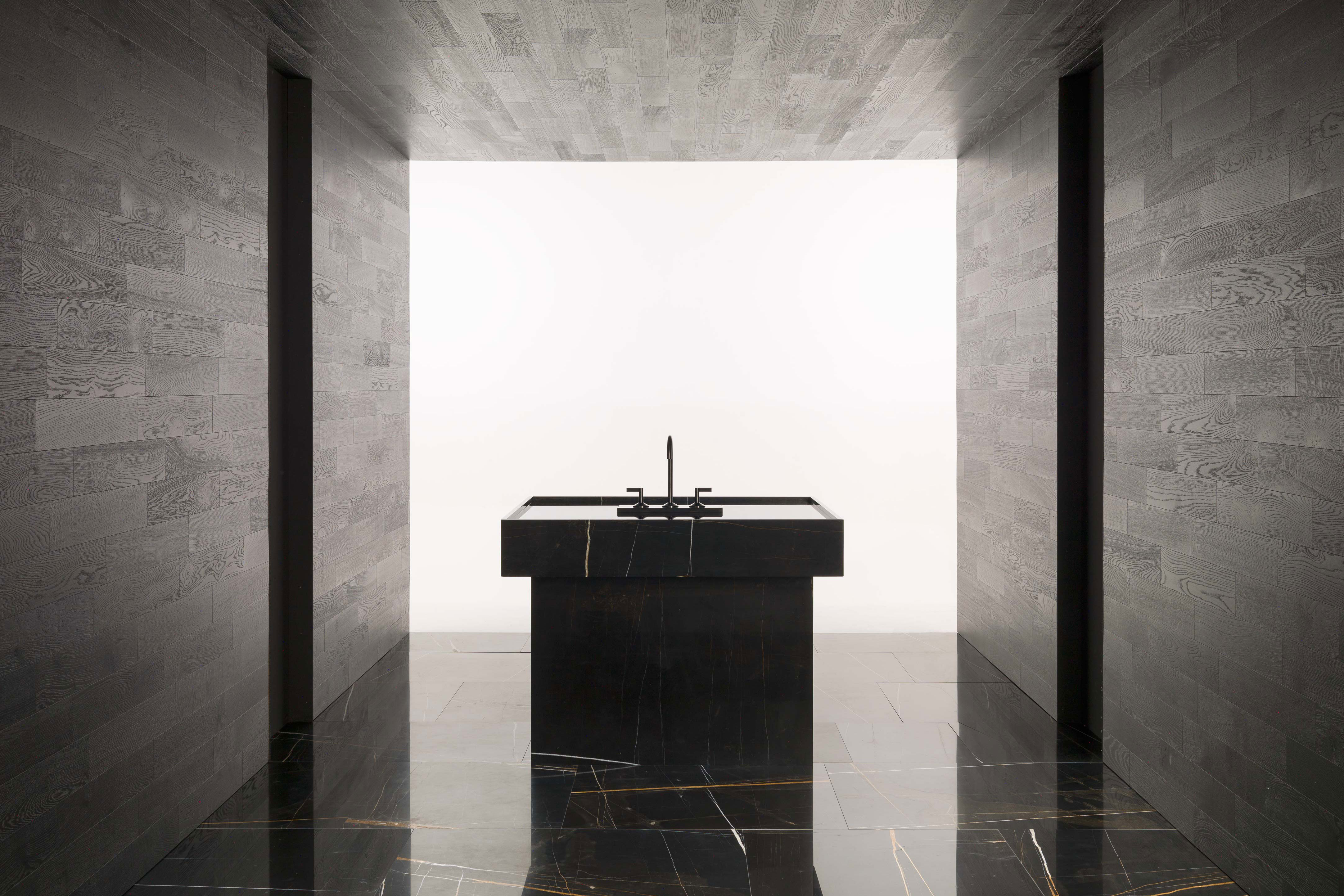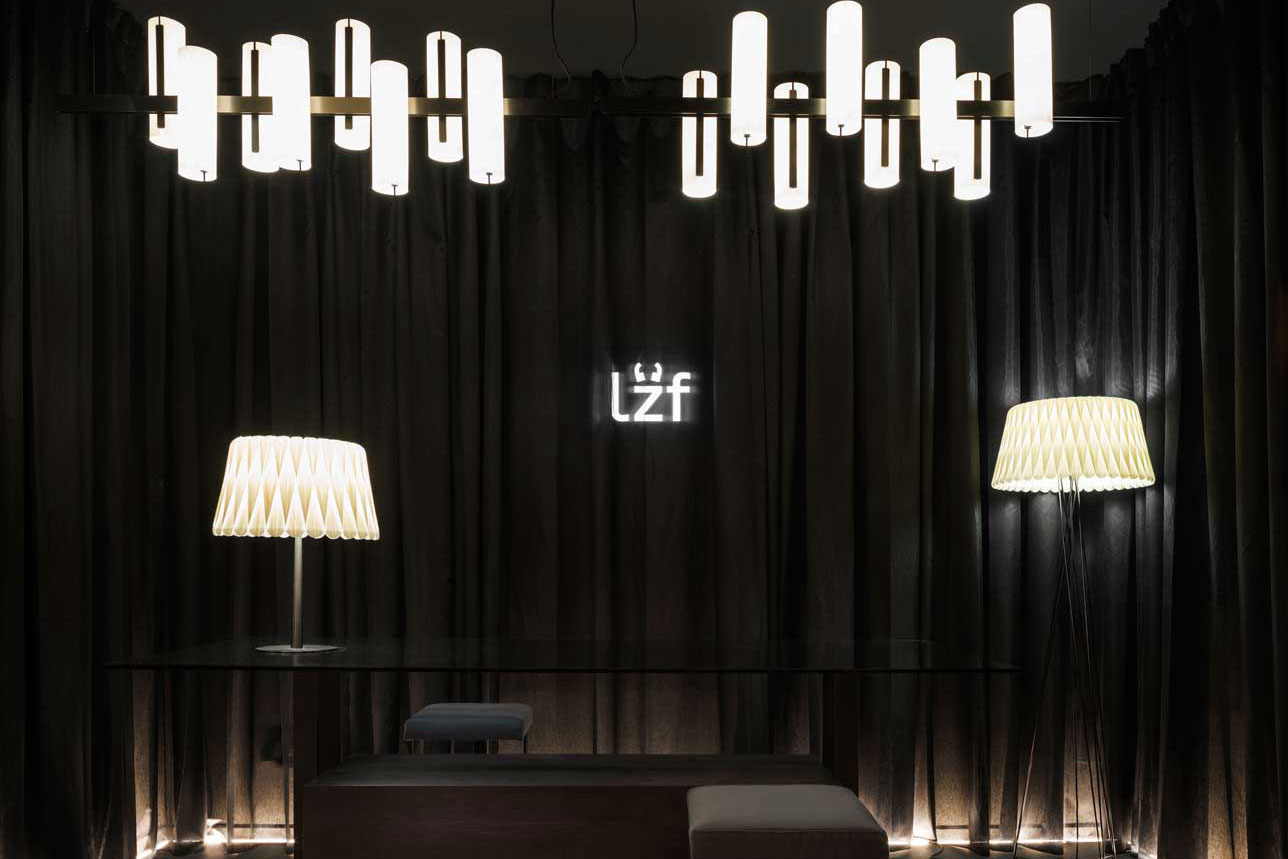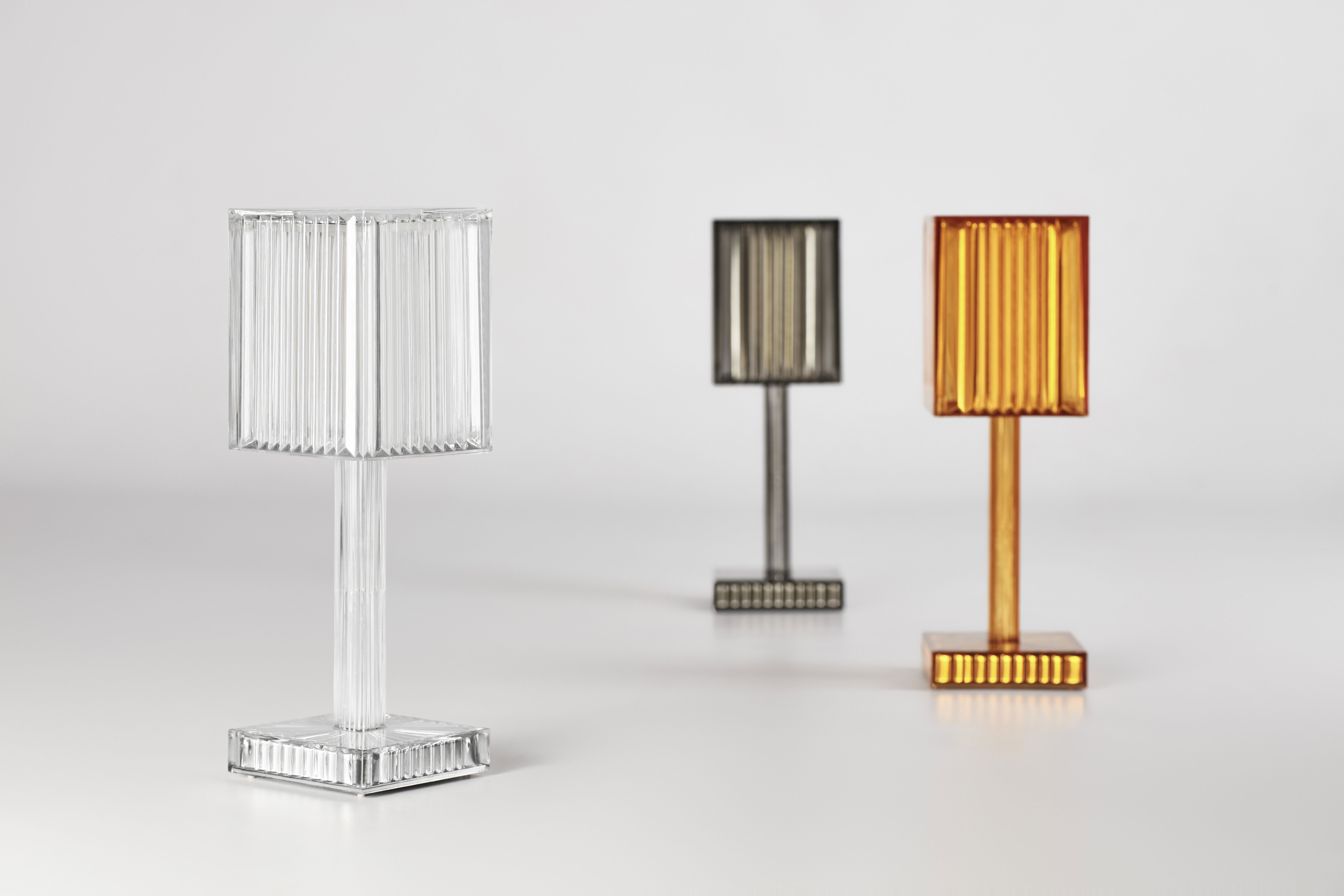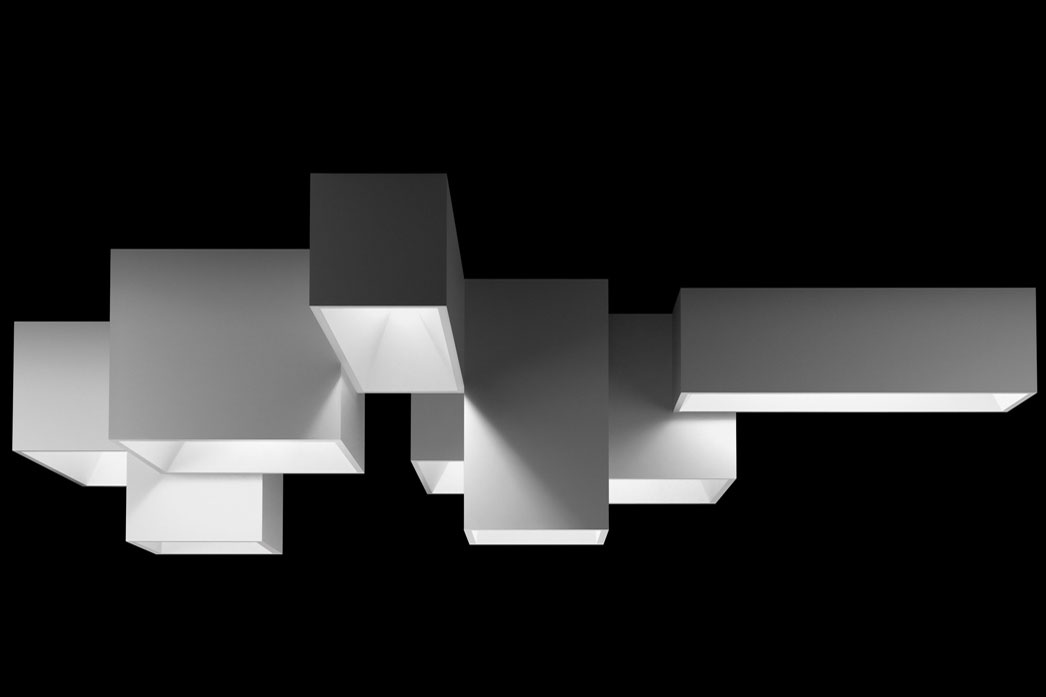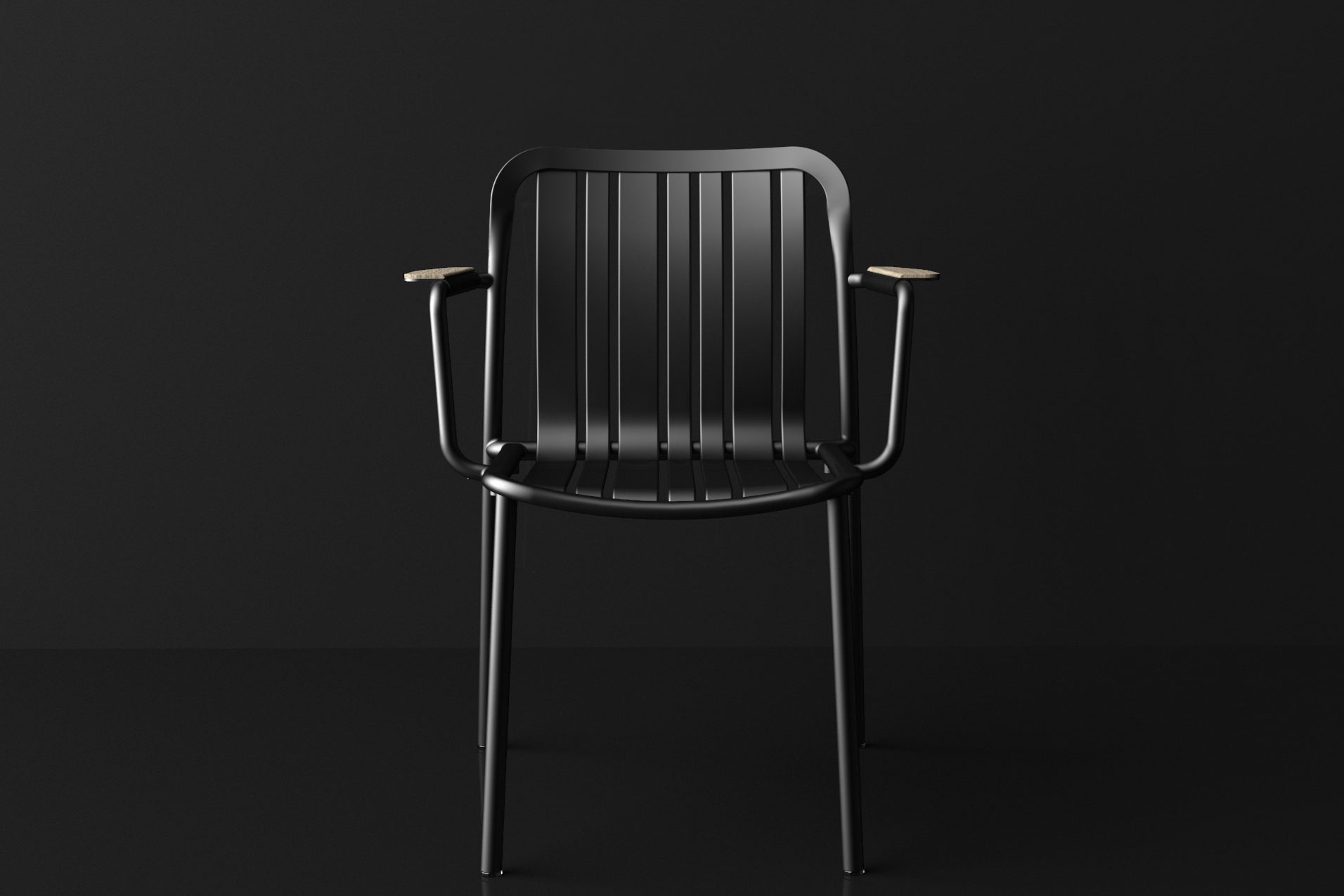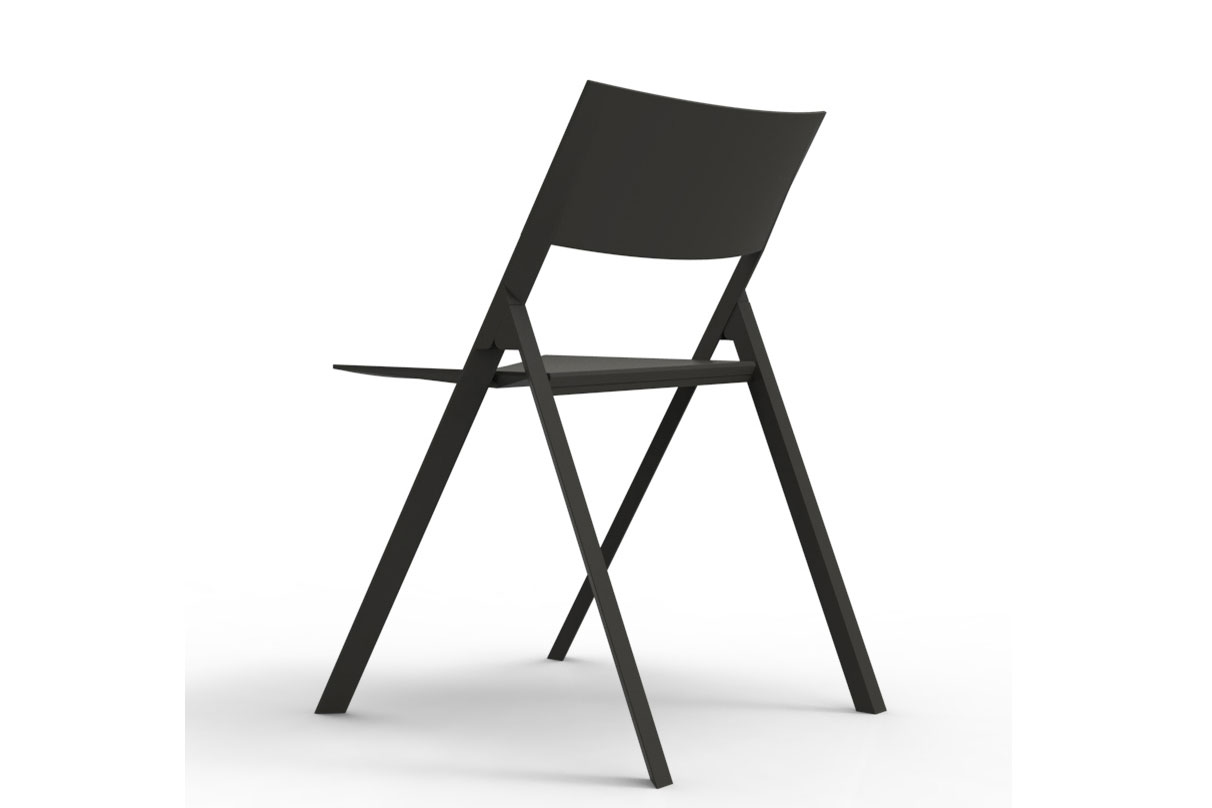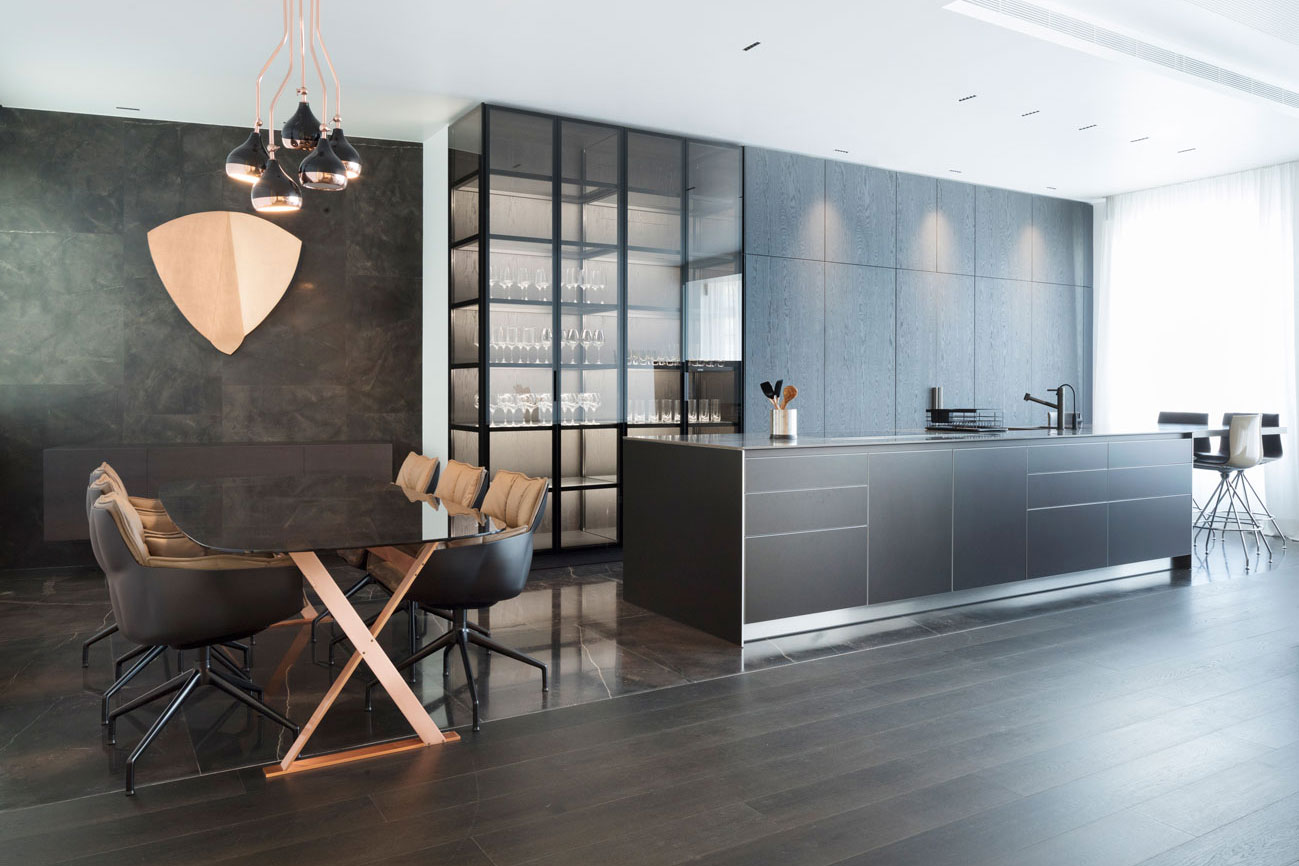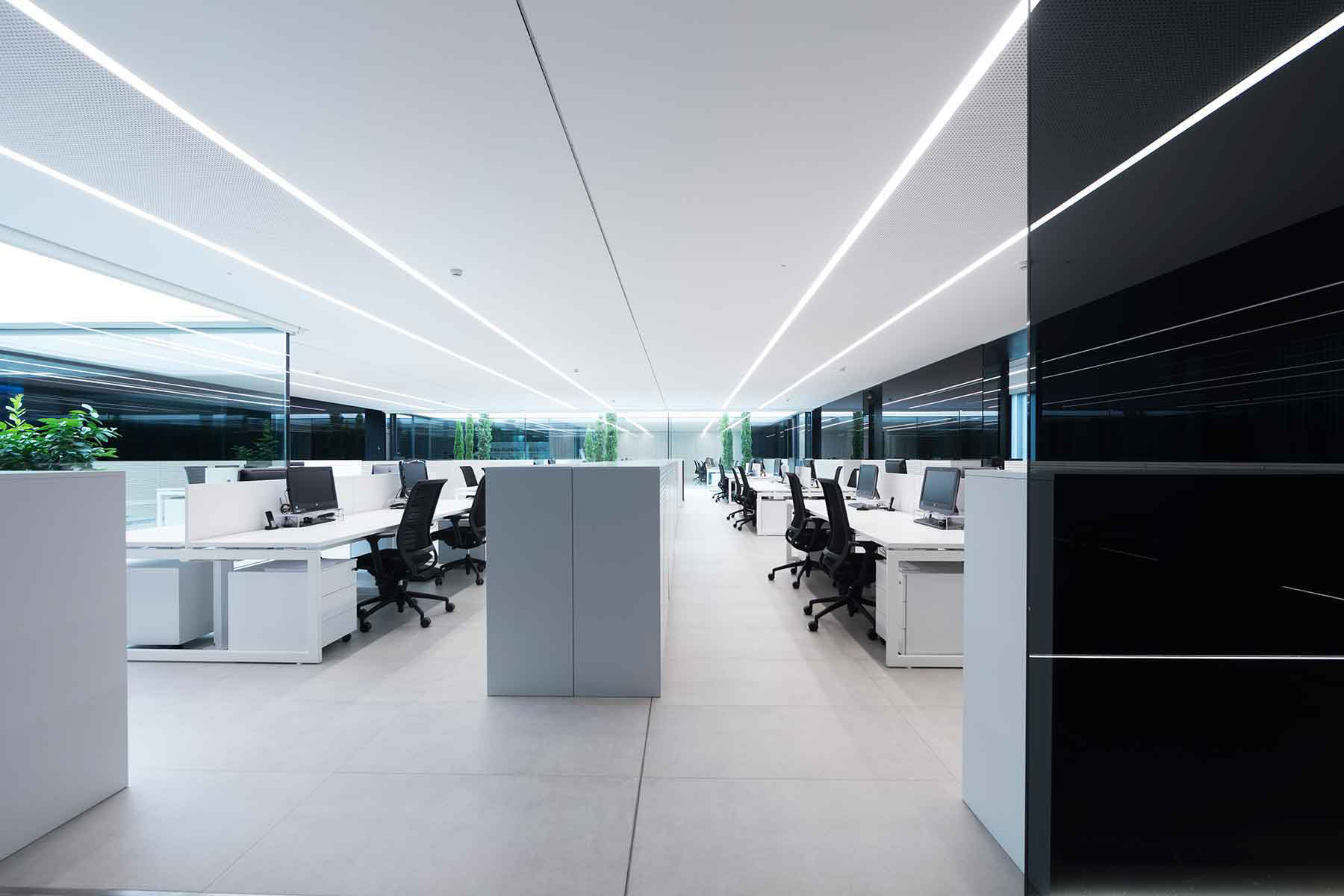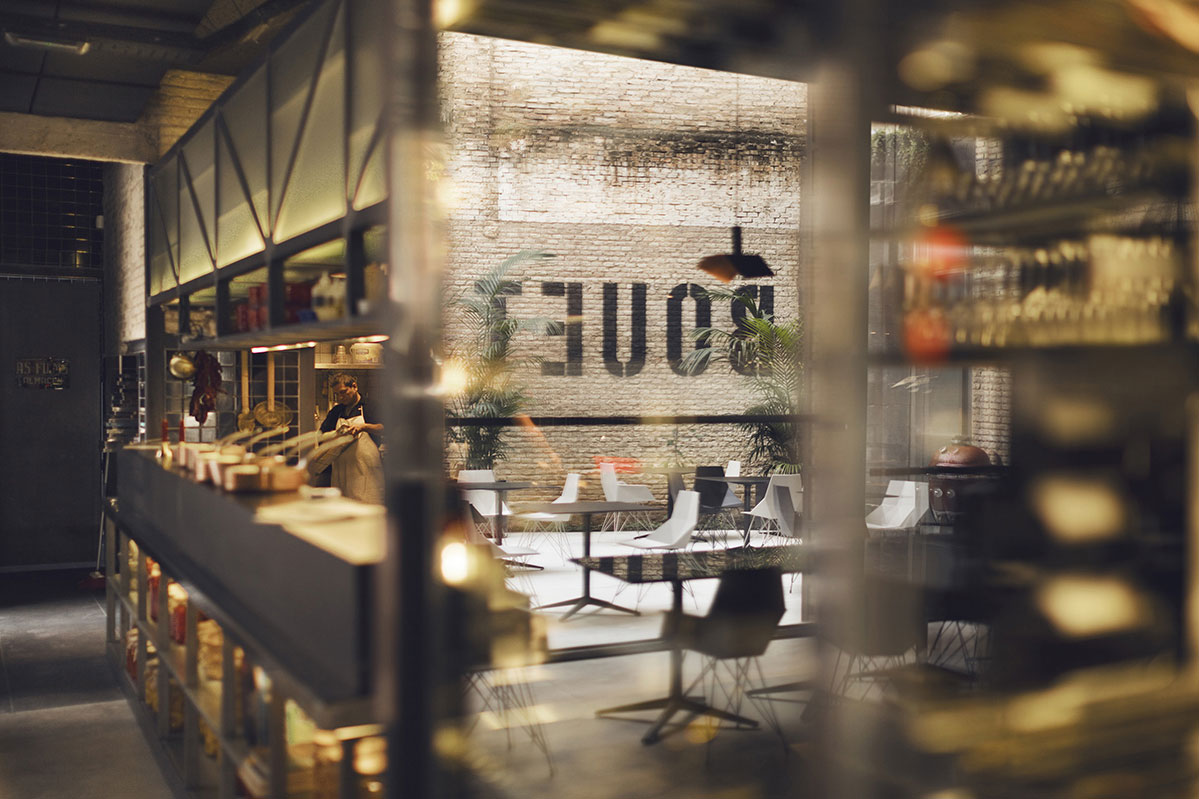Founded in 1991 by architect and designer Ramón Esteve Cambra, the Ramón Esteve architecture studio operates in the field of architecture and interior design, and also carries out activities in the area of industrial design and artistic direction. Ramón Esteve conceives architecture as a global discipline. His training as an architect results in a cross-cutting perspective in which architecture and design form a single, practically inseparable concept generated under the same laws and project premises. The aim is to create whole environments through the mutual interaction of both disciplines, with design influencing architecture and vice versa.
His portfolio includes a long list of projects in: public works in healthcare and culture; private buildings for public use such as offices, hotels, restaurants or ephemeral architecture; and exclusive single-family homes. In the areas of design and artistic direction, he has worked with prestigious brands such as Vondom, Gandía Blasco, Vibia, Porcelanosa and Talenti. He has also been teaching at the Polytechnic University of Valencia for 15 years.
His works in architecture, interior design and product design have received many awards. The most recent awards, from 2018, were the Land Rover BORN Award—for his work on the Bombas Gens Centre d’Art project in Valencia—and the Good Design Award—from Chicago, USA, for the Tablet furniture collection which was designed for Vondom. In 2017, Architonic listed him among the top 100 most influential designers in the world, and in 2018 he appeared on Forbes magazine’s list of the top 100 most creative people.
In this interview, Ramón Esteve talks to us about his career, the evolution of his creations, his vision of architecture and design, and his latest projects:
Interiors from Spain: After almost 30 years of hard work, numerous awards and international recognition, where are you currently at in your career?
Ramón Esteve: I would say that I’m in a stage of maturity, but I’m trying to keep it fresh, to the extent that it’s something that I’m obsessed with. On the one hand, all these years of my career, along with the awards that I’ve received, represent a determining factor to build the required trust in others to be able to work. On the other hand, I continue to face things as if for the first time, as if I didn’t have any background and had to demonstrate on a daily basis that I can do it. Honestly, I hope to continue like this forever. I’m incredibly concerned about feeling alive, not losing my creativity, and continuing to surprise others. You can’t take everything for granted by thinking that you’ve already reached where you wanted to be.
Interiors from Spain: How have your architecture and designs evolved over these years?
Ramón Esteve: I’ve always worked with some constant features, although these have more to do with attitude or a certain way in which I tackle a project. We are always living in a context, determined by geographical environment and temporary surroundings. Luckily, this context influences us, and whether we’re aware or not, it makes us evolve and see things from new perspectives. It’s from that point on when new things appear. As is logical, I have a renewed vision of architecture and design compared to the one I held when I finished my degree. It’s also different from the vision I had ten years ago. But the most important thing is to not lose my identity and the principles which have guided me from the start. That remains intact.
Interiors from Spain: As you understand what architecture and design are about, it must be a real treat for any client working with you. What essential elements does your studio have in order to successfully integrate the geometry of a space into a natural or urban environment?
Ramón Esteve: The two major starting points of a project are the person for whom the project is being designed, and the site on which it will be built. Both of them have to be aligned. In my designs, I always handle the idea of identity. This is why interacting with clients is vital, so that they can identify with the outcome. The project must belong to the client, although I do it my way. On the other hand, in both architecture and design, one of the things that I always do when I take on a project is to look at it from the user’s viewpoint and create a design of somewhere where I would like to be. I always try to do research and, if possible, to even live on the site where I’m going to build so that there could be a clear connection with the environment. As a history buff, I’m fascinated by studying vernacular architecture and the cultural elements on which the area is built, and thereby combining tradition and modernity through my work.
Interiors from Spain: What role does sustainable architecture play in your studio? What’s the stance of Ramón Esteve’s architecture?
Ramón Esteve: Sustainability is a necessary concern. When I started out, this wasn’t a priority as it is nowadays. It’s true that I’ve always worked in favour of things such as the study of air circulation, exposure to sunlight, thermal inertias, etc. I’ve tried to always use local materials, for instance stone from the quarry located close to the project we’re working on, and even stone from excavating the actual terrain. Right now the topic of sustainability isn't an option. It’s a necessity. And if we don’t take this route, we’re definitely not going to be able to survive. That said, we always handle sustainability matters using a common-sense approach.
In my studio, we’ve very aware that architectural limits are increasingly being broadened and are starting to cover fields which were unrelated to architecture until now. We are working in this same direction.
Interiors from Spain: How do you get your residential projects to transmit so much emotion and become places where people want to live?
Ramón Esteve: As is the case with any other artistic discipline, in order for a space to thrill people, you have to get all the elements to come together in such a way that the outcome transcends the material aspect. This is one of the great things about architecture, through which a specific way of positioning material and lighting leads to a space which connects with the person who experiences it on an emotional level. I somehow manipulate the perception of the environment going from tangible to intangible, from facts to ideas. A particular material, a stone for instance, will continue to be a stone no matter where you put it. However, the way in which it is combined with the whole is what determines whether it transcends and can move people.
Interiors from Spain: Is there such a thing as Mediterranean style or design? Does it have any characteristic features?
Ramón Esteve: I believe that Mediterranean style has been mostly influenced by the multiculturalism which has been enriching our environment. Many human civilizations have passed through the countries located along the Mediterranean coast, and this wonderful historical intermingling can be seen in our culture. On the other hand, this nice climate has made us more hedonistic. The pleasant weather also affects how design is done, such that architecture coexists with nature since there is no need for it to be defended or protected from the environment.
Interiors from Spain: Digitalization, robotics, new materials (3D printing, nanotechnology), etc. How do you think that artificial intelligence and the fourth industrial revolution will be integrated into our homes, offices and entertainment centres?
Ramón Esteve: Compared to other moments in humanity, we’re living in a time where mankind’s intelligence is interconnected. So many people thinking at the same time means that events or discoveries which took centuries to occur now happen every year. Technology will continue to surprise us and will also change how we perceive the environment. For example, our visions of life before and after the arrival of the Internet are completely different. We’re going to have to assimilate that the speed of change is the constant with which we live, even though beauty and the need to be in an emotionally-moving environment are going to always exist. Technology is simply going to change how we see it.
Interiors from Spain: What role do values play in your work? How do you reflect them in your creations?
Ramón Esteve: In my studio, we—architects, designers and creatives—work together to develop projects with character, creatively responding to our environment by creating remarkable spaces and objects. Each design arises from a personal contemporary plastic approach which is immersed in the natural essence of the objects and spaces, and, through their laws, seeks that they interact with the people who experience them.
Although there is conceptual continuity uniting all my work, each project is the product of different determining factors, and this leads to results which are never the same. All of this occurs through constants such as harmony, serenity, timelessness, atmosphere, universality and contextualization.
Interiors from Spain: What about communication? Is communicating something just as important as creating it?
Ramón Esteve: Of course. I believe that doing something and communicating it are equally important. I once heard a sentence which I believe defines it perfectly: “uno compra lo mejor de lo que conoce” [People buy what's best from what they know]. If someone does something, but other people aren't aware of it, then it will not be possible to share it. Nevertheless, there is a negative side to communication, and it’s when you communicate more than you create. That’s because you're creating a gap, and if someone were to dig a bit deeper, they would discover that there’s nothing there. The key is in striking a balance, but both factors are essential.
In my case, at the beginning I was totally focused on creating powerful stuff, waiting for someone to discover them. I quickly realized how important is was to talk about it as well. That's why I’ve been investing energy and resources in communication. I think that this has set us apart, in such a way that even though most of our project volume has to do with architecture and design, we’ve also developed branding for certain brands, as we’re asked to do at any given time. For example, we were in charge of Vondom’s artistic direction from 2009 to 2016, and the creation of Porcelanosa’s Premium Collection brand.
Interiors from Spain: Your work as a university lecturer has allowed you to get to know a generation of young Spanish designers. Is there that much talent? What do you try to teach and pass on to them?
Ramón Esteve: The university called me the other day to attend a meeting for all architecture lecturers and professionals to provide feedback on master’s degrees in this area, which are offered by the Polytechnic University. When I left there and calmly thought about all the ideas that were brought to the table, I realized that, in reality, any technical syllabus can be learnt. But, the most important thing is to instil creativity while at university, because once you go out into the world, it seems as though everything goes against this.
Following on from the question earlier about technology and the digital world, I read an article not so long ago which stated that most of the jobs which will be important in ten years’ time don’t even exist at the moment. This reinforces my view that the most important thing is to provide tools so that later on, in a different context, they can be applied in various ways. University is the best place to do this because there are no limits or constraints.
Interiors from Spain: We see you every year at the Milan Furniture Fair. Is it so important for a designer to soak up everything that takes place in Milan during those days? Are there any other fairs or events in other countries that a designer should know about and attend?
Ramón Esteve: In the design world, Milan is the epicentre around which the rest of international fairs revolve. Even though the fairs coexist, they are moving towards specialization in more specific areas in order to differentiate themselves from the powerful Salone del Mobile. For example, the Feria de Valencia is opening its doors to very good brands, but brands which are still starting out. By doing so, the fair gives the brands an opportunity to make themselves known and strengthen their image so that they may participate in Milan. There is also the Madrid Design Festival. It is heading towards a fusion between art and design, and it’s on track to become a benchmark.
Interiors from Spain: What’s your opinion of the internationalization of Spanish architecture and design? Are they known around the world? What has your experience been like abroad?
Ramón Esteve: We're currently at a stage in which there is obvious internationalization. Specifically, in my case, we’re working with lots of companies from outside of Spain in both architecture and product design. We also receive more and more calls from persons abroad. Furthermore, communication has also gone global, and more people hear about my work. This can be seen in terms of international recognition, such as the IF Design Award which we recently received for the Lignage collection designed for Noken Porcelanosa Bathrooms.
Nevertheless, I think we have a pending issue of building a powerful country brand, such as those created in the United Kingdom, Italy and Scandinavia. I believe that we should start laying claim to the history of modern Spanish furniture and modern Spanish architecture, and revive this tradition as has been done in other countries.
Interiors from Spain: What projects and designs are you currently working on? Is there any scoop you can reveal to us? Anything outside of Spain?
Ramón Esteve: In the field of architecture, we're working both in Spain and abroad. At the national level, we’re focused on several residential projects. We’ve just finished the La Finca house in Madrid. We also have various houses and a hospital in Barcelona under construction, along with additional work in the Valencia region and Balearic Islands. Internationally, we’re immersed in designing an urban megacomplex in the United Arab Emirates. I can’t say much more about it at the moment, but details will be revealed very soon.
With respect to product design, we continue to collaborate with major national brands—mainly Vondom and Porcelanosa—and with international brands like Talenti from Italy and Danao Living from the USA. Additionally, in January at Casa Decor, we presented the space which we designed for LZF Lamps. In this space, we had a sneak peek of the lamp collection that I designed for the brand, and which will be officially presented in Milan. Also, along the lines of creating environments and full experiences, we’ve designed the spaces for LZF Lamps and Vondom, respectively, for this edition of the Salone del Mobile.
